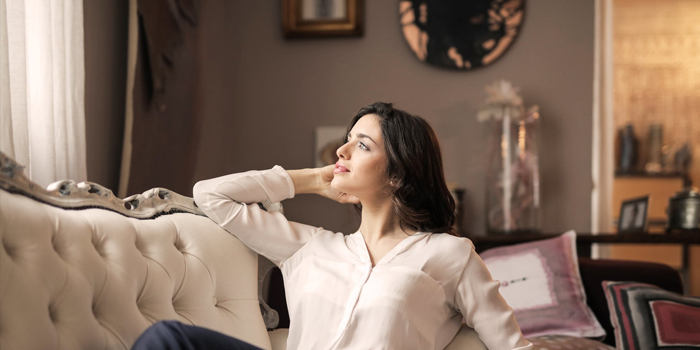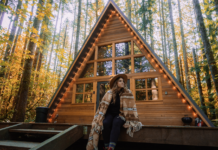
Should the average investor consider investing in some of the less traditional asset classes? Sure! Regardless of the prevailing interest rate environment, it almost always makes sense to invest a portion of your portfolio in alternative asset classes.
Most stocks or bonds move the same way at the same time, but more diverse assets are unlikely to move in the same direction at the same point in time (i.e. they are not correlated), so adding non-correlated alternatives will generally result in a lower overall level of portfolio risk.
This strategy is more about risk management than enhancing returns, although it can do that too. Importantly, make sure to select only a handful of different investment alternatives. All else being equal for the average investor, I’d recommend putting no more than 15% of your total portfolio in non-traditional assets and no more than 3% in each alternative allocation.
Five funky alternatives to stocks and bonds…
I interviewed five worldly women on the potential risks/rewards of investing in wine, jewellery, art, forest land and antique violins! Here is what they had to say:
Investing in Fine Wine
Ella Lister, Founder & CEO of Wine Lister, London:
“Fine wine over the last 15 years has not only outperformed stocks, gold, silver, and oil but has often proved less risky.”
The best way to get started investing in wine? “It all depends how much you have to spend and whether it’s a “pure investment” or if you might want to drink it one day. You will want to consider slightly less romantic elements such as provenance, storage, and insurance. Wine is a non-fungible asset, each bottle is different and has a different value depending how it’s been stored, etc. Buy a few full cases of high value, relatively liquid (easy to sell) fine wine, and diversify across different wine regions.”
The best way to invest in jewellery?
Nina Westerlund, jewellery specialist at Bukowskis, Helsinki:
“By investing in fine jewellery you can combine business and pleasure. Invest in something that you would happily wear for some years and then sell. If you buy an old piece of jewellery from an auction house and it is in good condition despite being 50-150 years old, then you know that it will most probably stay that way for 50 more years.
Our customers tend to do a lot of their own research. They find out everything they can about the piece that interests them; who was the goldsmith, when was he or she active and where, when was the specific piece made and so forth. If they buy jewellery as an investment…they aren’t buying something that is in fashion at the moment, but something rare and beautiful that will always be easy to sell.”
The best way to invest in art?
Powell MacDougall, art consultant, New York City:
“The art industry is a very much a ‘buyer beware’ industry: investing in art for the purpose of making money requires a lot of research. Art as an investment is very different than buying art that you love. There is no sure thing when you are investing in art so go to a person who already has the knowledge.”
The best way to invest in forest land?
Ulla-Britt Frajdin-Hellqvist, Stockholm:
“Most business women in Sweden are aware of the value of investing in property like a house or a country house. But many are also aware of the value of owning a forest property and they stay informed on the price of timber.
A forest property is usually a long-term investment and quite a reliable source of annual income since the trees grow every year. You need to decide in what area you want to invest and how many acres. Then, enjoy walking in your own forest and contributing to the environment.”
How to invest in antique violins?
Anna Mostetschnig, researcher, Vienna:
“There are many basic ingredients for successful investing, but the key is to understand what you are investing in. I come from a family of musicians, so we all know a lot about musical instruments. If I had extra money I would set up a family fund to invest in musical instruments. Among luxury goods, the violin market was the only one that didn’t crash in 2009!”
Different assets = Different risks
The main risk for investing in non-traditional asset classes is a relative lack of liquidity: if you need to sell in a hurry, getting your money out will likely take longer than selling a stock would. Looking at it from this standpoint, wine, jewellery, art, forest land and antique violins are all considered to be higher risk investments.
But when looked at in the context of a well-balanced overall investment portfolio, the risk of including a small allocation in these funky alternatives is a reasonable one for the average investor.







